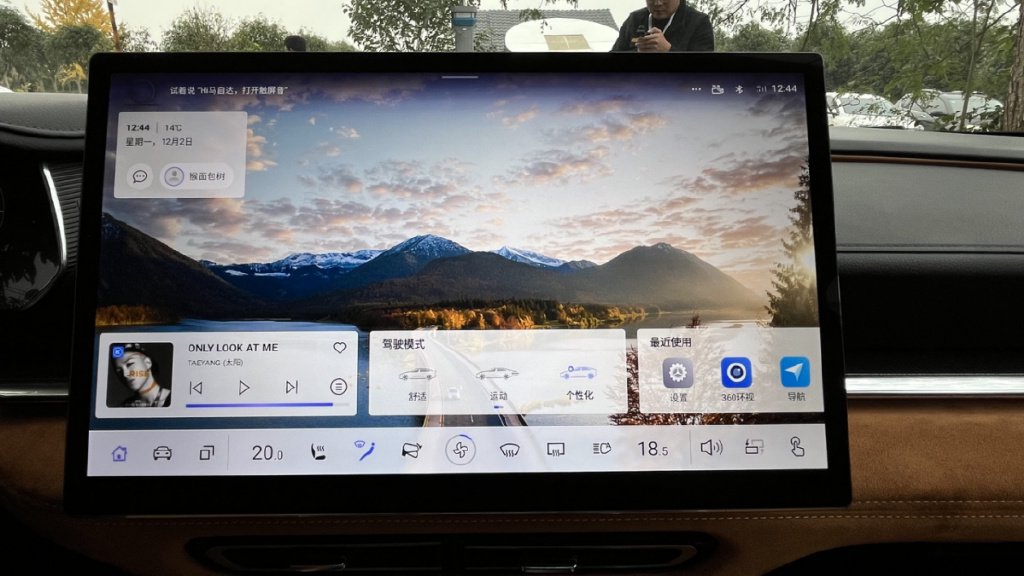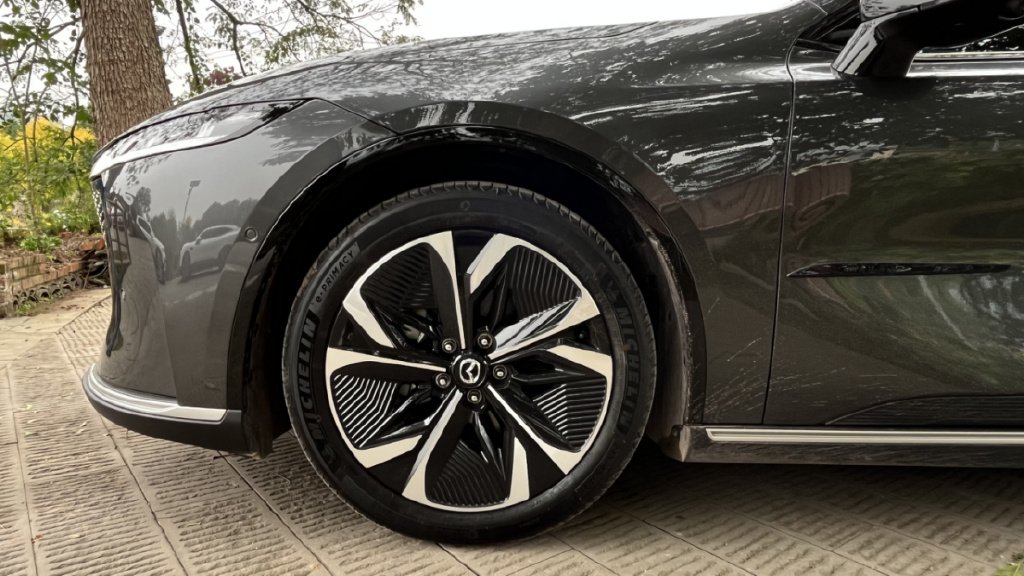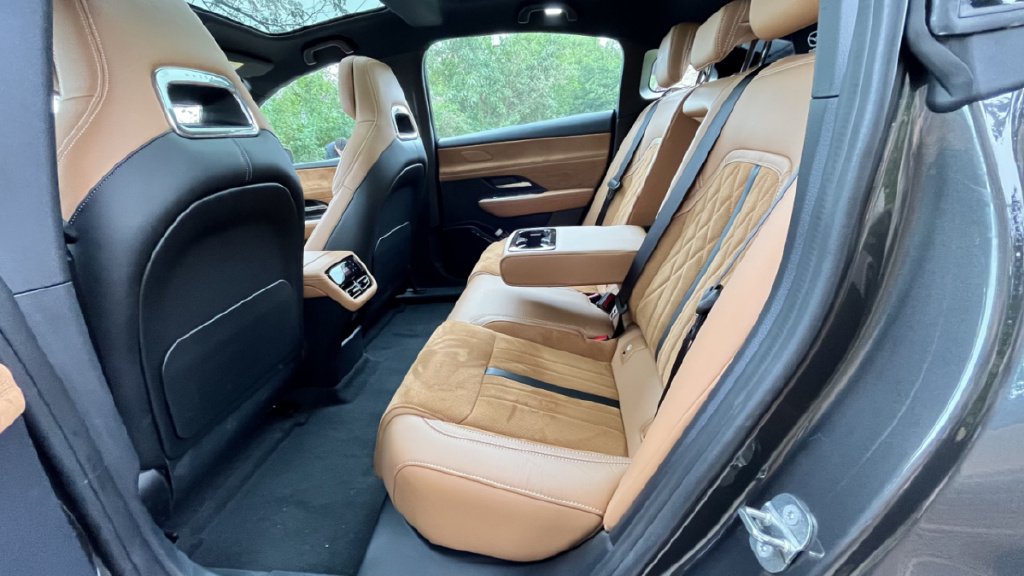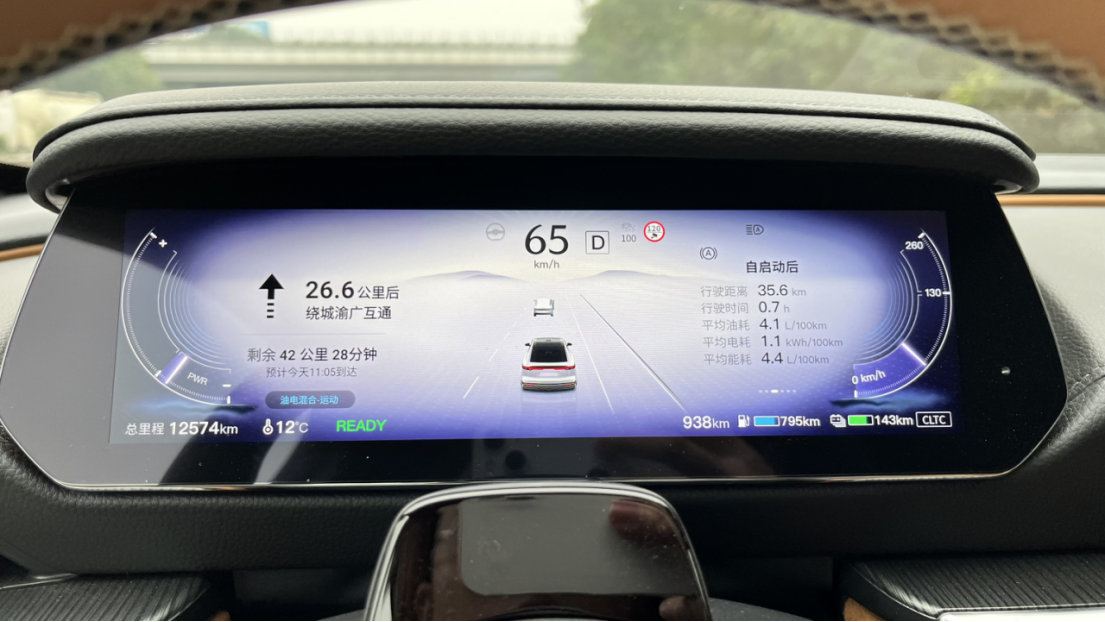A car that can compare with the Tesla Model 3, BYD Han, Toyota Camry, and Honda Accord shows impressive strength.
Mazda EZ-6 did just that. It took us from static to dynamic, from city to highway, and then to mountain roads. So, what were the results? No rush. Next, let’s discuss the specific test drive experience of the Mazda EZ-6.
Mazda dares to showcase these competitors for a key reason: the uniqueness of the Mazda EZ-6. What makes it unique? It has a special relationship with a certain model. However, this uniqueness is only surface-level. At its core, it offers rare features and experiences within its class.
Compared to joint venture products, this model stands out. Its configurations place it in a different league. It features L2.5 level assisted driving, a facial recognition system, and front dual zero-gravity seats. It uses the Qualcomm Snapdragon 8155 chip. The voice system responds to visible commands. It includes AR-HUD, smart parking, heated steering wheel, electric rear wing, and headrest speakers. Other competing models lack these features or have very few.
Mazda shows strong intent with its pricing. The joint venture B-class electric vehicle starts at over 150,000 yuan (20660$). This pricing makes it nearly unique in its category.
Mazda has a unique trait. It offers a “Jinba Ittai” driving experience. The brand claims it achieves an 80 km/h score in the moose test. The minimum turning radius is 5.6 meters. Therefore, the handling of the Mazda EZ-6 is a key focus of my test drive.
The EZ-6 offers an impressive driving experience. Its handling deserves high praise. It feels very much like a Mazda, yet it differs from previous models. It strikes a better balance between sportiness and comfort. The standout feature is the chassis performance. It navigates any road smoothly, with no unnecessary vibrations. In simple terms, if you’ve driven past Mazdas, you’ll find the EZ-6 feels even more like a Mazda, and a better one at that.
Moreover, its overall noise level performs better than previous Mazdas. It uses more soundproofing materials. It also features better components, like Michelin tires designed for electric vehicles. I want to tell all brands: invest wisely, and a car’s performance will improve. The Mazda E Z-6 handles well, not only due to its excellent chassis but also because of its strong power, steering, and braking support. These three aspects enhance the driving experience of the E Z-6.
The brake performance impresses the most. It feels light and linear. It doesn’t feel clumsy or unsafe like some other new energy products. Each press meets your expectations. It also features CST comfort parking technology, which reduces nose-diving during braking.
The EZ-6 delivers power primarily from a rear-mounted permanent magnet synchronous motor. It is a true rear-wheel-drive vehicle, setting it apart from competitors. The range-extended version has a maximum power of 218 ps and a torque of 320 Nm. The pure electric version reaches a maximum power of 258 ps, with the same torque of 320 Nm. Both models accelerate similarly, starting from 6 seconds. While not excessively aggressive, they offer a solid push-back feeling. Their acceleration remains consistent across speeds, making overtaking on the highway effortless.
Its endurance and operating costs outperform its performance. The pure electric version has a maximum range of 480-600 kilometers according to CLTC. In our test drive, we achieved about 75% efficiency on the highway and 85% in the city. This performance is impressive for real-life scenarios. Of course, this is my personal result. Actual results depend on driving habits. If a friend drives smoothly in the city, the actual mileage will closely match the rated range.
The extended-range model has a pure electric range of 130-200 kilometers according to CLTC. This performance is average for extended-range vehicles. However, one must consider the overall range, not just the electric range. The Mazda EZ-6 achieved over 1300 kilometers in comprehensive testing. This result is commendable. In real-world scenarios, actual usage habits and environments will influence performance. One thing is certain: the Mazda EZ-6, both in pure electric and extended-range versions, has low operating costs. For instance, after driving 36 kilometers in the city and on the highway in the extended-range version, the average fuel consumption was only 4.1L/100km.
The EZ-6 electric model features 3C ultra-fast charging. It takes only 15 minutes to charge from 30% to 80%. This performance stands out among both joint ventures and domestic brands. The range-extended version charges a bit slower but still takes just 20 minutes. For comparison, the Tesla Model 3, the fastest among competitors, cannot match this charging speed from 30% to 80%.
One more point stands out about the EZ-6: its appearance. There is much debate online about this. However, you must see the real car. After seeing it, you’ll notice it carries more of Mazda’s essence. For example, the paint quality is unmatched by other electric vehicles in the same price range. Additionally, the interior uses high-quality materials. It features plenty of suede design and better leather. Even the plastic components use superior materials.
If you observe closely, you will notice that the Mazda EZ-6 features a segmented sunroof. It may not have a panoramic view, but it opens. The central beam enhances the car’s rigidity, improving practicality and safety. In short, the details are the true selling points of the Mazda EZ-6. Oh! By the way, I personally like its pure electric version, which includes a 99L front trunk. In conclusion, the Mazda EZ-6 outperforms its competitors. Its chassis offers more comfort than the Tesla Model 3. It provides better sound insulation than the Accord. Its power exceeds that of the Camry. The intelligent experience surpasses that of the BYD Han. In other aspects, it matches or even leads its rivals significantly. Therefore, the Mazda EZ-6’s confidence in facing competitors becomes clear.














